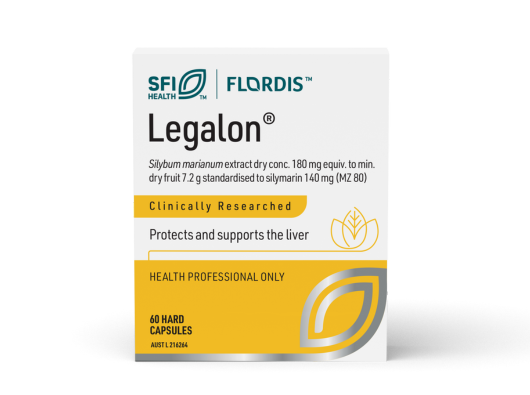Silybum marianum in history
Silybum marianum, commonly known as Milk thistle or St Mary’s thistle, is a herbal remedy that is commonly used to support liver health.
Silybum marianum is a familiar thorny plant that’s prickly leaves contain splashes of white, which were historically referred to as “Mother Mary’s milk”. This is how the nickname milk thistle came to life.
Native to Europe, the value of Silybum marianum has been known for at least 2000 years as an important medicinal herb. However, it wasn’t until the 1960s, that the biochemical composition of Milk thistle was identified at the Institute for Pharmaceutical Biology, Munich.2
Following this discovery, Legalon was developed using a specific extract of Milk thistle, known as MZ 80. Legalon with MZ 80 has been extensively researched to support healthy liver function and has been recommended to millions of people worldwide for over 40 years.8-15




